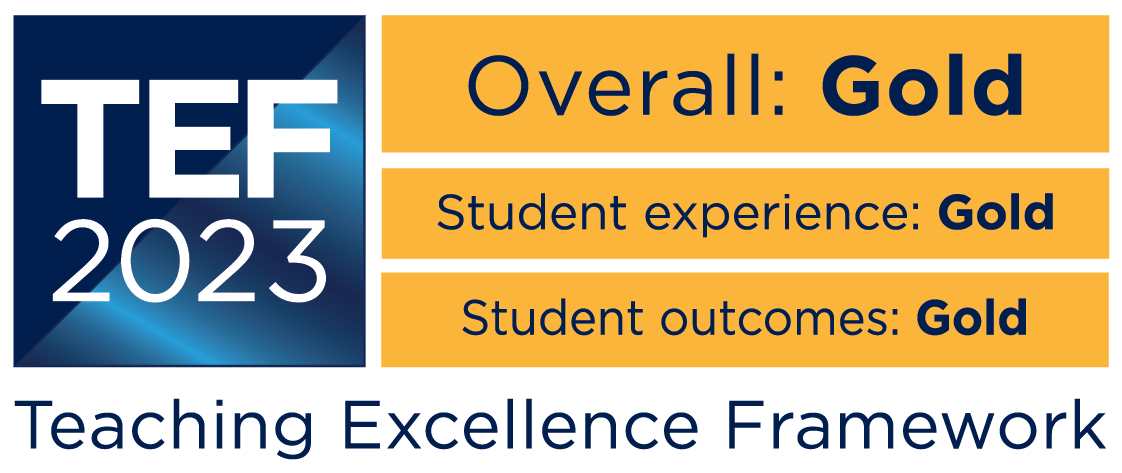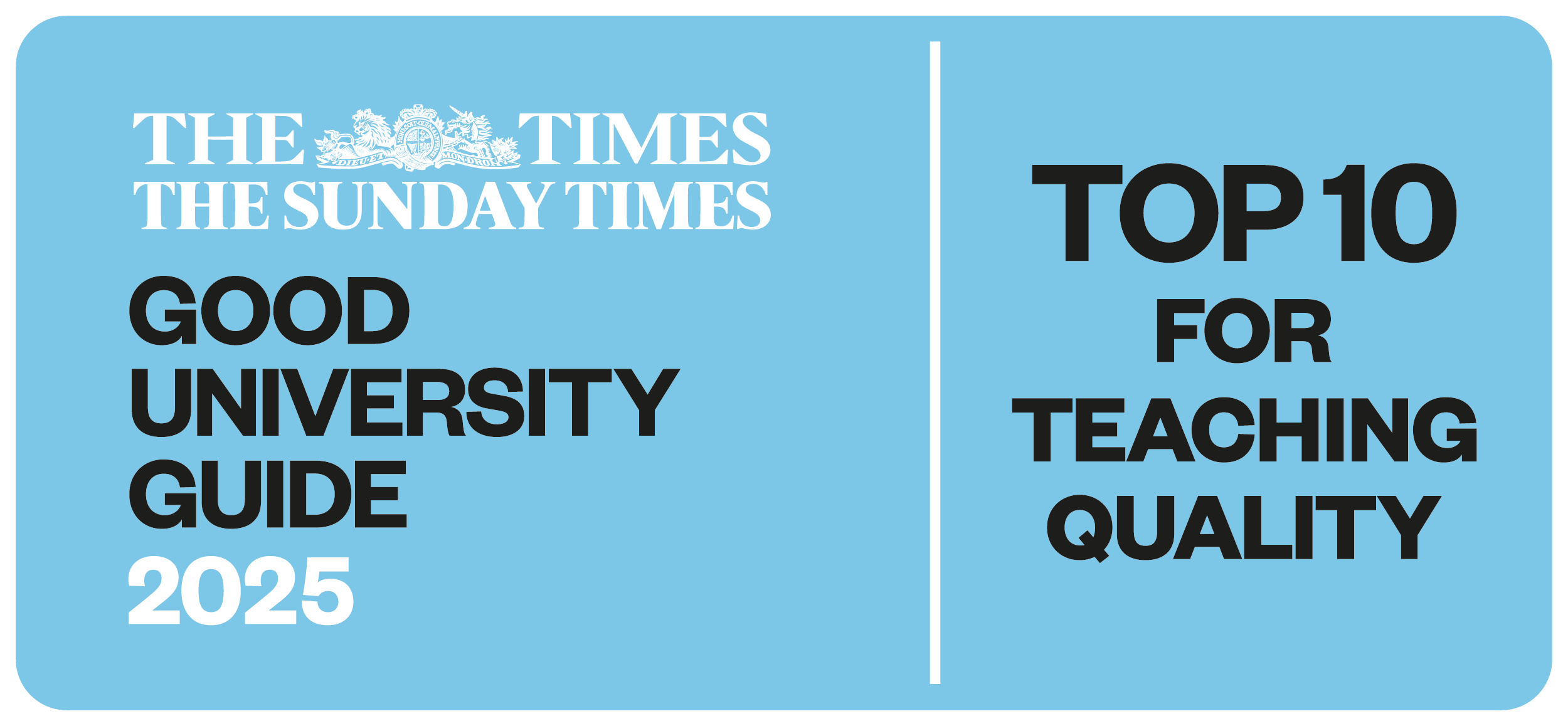Academics and alumni from Hartpury University headed to Sweden recently to present research at the International Conference on Equine Exercise Physiology (ICEEP). The conference took place in Uppsala at the Swedish University of Agricultural Sciences from 26 June – 1 July, and highlighted how Hartpury is contributing to real industry change through research.
The conference takes place every four years, bringing together some of the brightest international equine researchers who gather to present research that will shape best practice and future studies in areas around equine health, performance and welfare. The event is a knowledge exchange opportunity for equine scientists, veterinarians, researchers and many other key stakeholders.
A strong Hartpury contingent made the trip, highlighting the strength and depth of equine exercise physiology, biomechanics, lameness and physiotherapy research conducted by the Gloucestershire institution, much of it conducted as part of industry and research partnerships. Hartpury has established strong links with organisations including Calgary University, Royal Veterinary College, Rossdales Veterinary Surgeons, North Carolina State University and more.
Dr Kathryn Nankervis (Equestrian Performance Research Centre Lead) presented her highly acclaimed research around the use of water treadmills that informed British Equestrian guidance on their use. Dr Jane Williams (Head of Research) presented performance analysis research in showjumping while Dr Gillian Tabor (Chartered Physiotherapist and Lecturer) explored back movement and the use of exercise, as well as back pain and subsequent behaviours linked to saddle use. Vicki Walker (Equine Lecturer) presented research on the impact of polework on equine kinematics.
Dr Russell MacKechnie-Guire (Reader in Biomechanics Research at Hartpury) presented findings from his study - Rotational movement of the back, in jumping horses when trotting in-hand and ridden on an 18 m circle, a paper that forms part of a larger study where back movement is quantified during various exercise conditions.
He explained: “This is an exciting area of research as until recently, little is known about how the horses back functions across ridden conditions and particularly beneath where the rider and saddle are positioned. With the advent of new technology, using inertial measuring units we can now measure changes in back movement including beneath the saddle and rider.
“I’m very proud of the entire Hartpury contingent and the diversity of research we’ve been able to present in Sweden. We remain totally committed to the volume and quality of research we carry out, as well as working with our many industry partners to drive real change in the equine industry and beyond.”
Hartpury PhD candidate Isabeau Deckers explored the effect of a saddle on equine spinal kinematics. Emma Pill, an MSc Veterinary Physiotherapy student, investigated faults in international showjumping and their potential association with fence design.
Hartpury alumni included Maud Chatel (BSc (Hons) Equine Science) who presented work around warm-up strategies making comparisons between reality and rider perceptions. Lindsay St George measured muscle activation in lame horses.
Equine research students at Hartpury University have access to a wide range of state-of-the-art equipment and laboratories to support their studies. The facilities within the Equine Therapy Centre and the Margaret Giffen Centre for Rider Performance enable biomechanical and physiological studies of both horse and rider. Hartpury has invested in a £730,000 Equine and Animal Assisted Activity Area (EAAA) as well as an Equine Hydrotherapy Centre to further progress research activities.
Learn more about Hartpury’s range of college, undergraduate and postgraduate equine courses. The institution was recently named as the number one English Mainstream University in the ‘Teaching on my Course’ category, according to results from the National Student Survey (NSS) 2022 – the largest survey of its kind in the world. The Postgraduate Taught Experience Survey 2021 also reported a 91% satisfaction rate among students.









